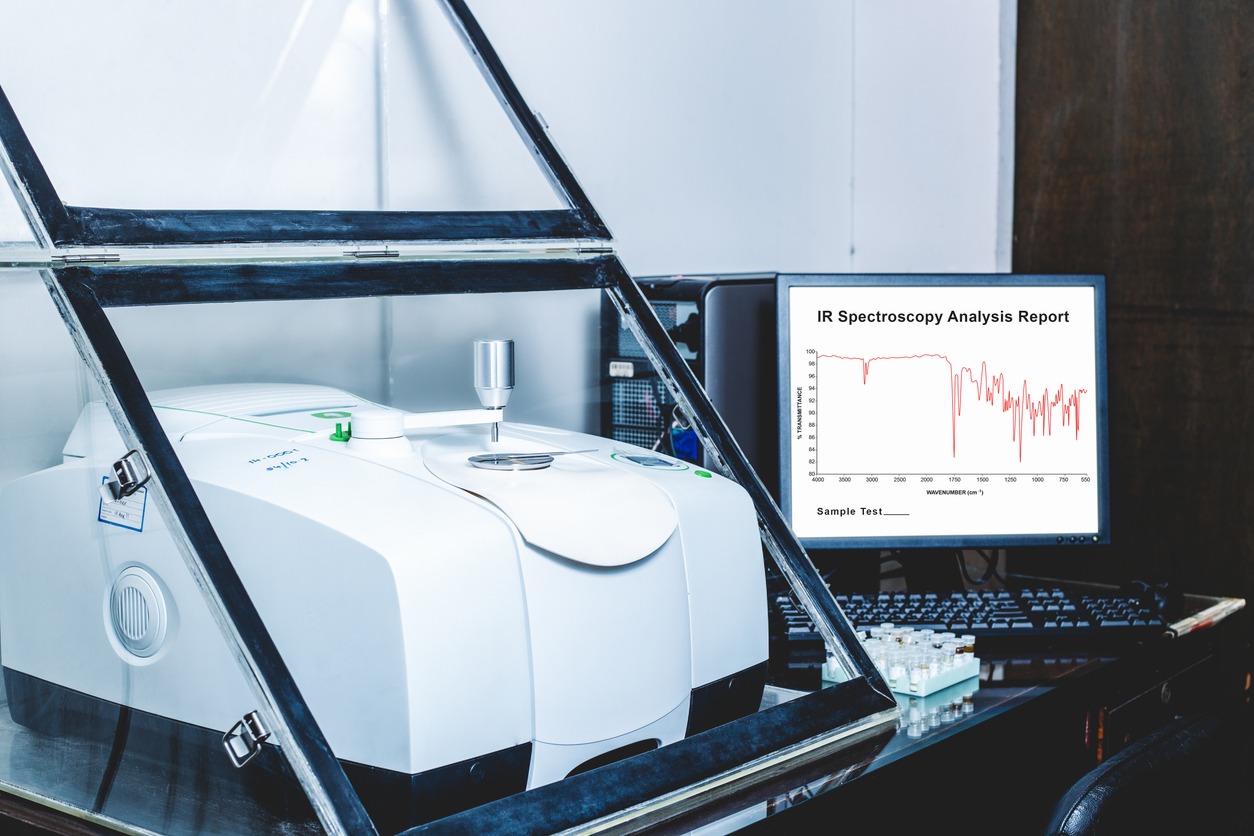Atomic Absorption Spectroscopy (AAS) is a powerful analytical technique used to determine the concentration of specific elements within a sample. It is widely used in environmental science, food safety, clinical laboratories, mining, and many other fields where trace element analysis is critical. At its core, atomic absorption spectroscopy principles are based on the absorption of light by free atoms, offering both sensitivity and precision in detecting metals and metalloids.
What Is Atomic Absorption Spectroscopy?
Atomic Absorption Spectroscopy is a quantitative method for measuring the concentration of elements by analyzing the amount of light absorbed by gaseous atoms. These atoms absorb light at very specific wavelengths. By measuring this absorption, the amount of an element in a sample can be accurately calculated.
AAS is commonly used to detect elements like lead, cadmium, copper, zinc, iron, and calcium in both solid and liquid samples.
The Basic Principle Behind AAS
The core principle of AAS revolves around the fact that atoms absorb light of a particular wavelength. When a solution containing metal ions is introduced into a flame or graphite furnace, the heat breaks the chemical bonds, converting the metal ions into free atoms. A light beam, emitted by a hollow cathode lamp specific to the element of interest, passes through the vaporized sample. The atoms absorb some of this light, and the amount absorbed is directly proportional to the element's concentration.
This light absorption is measured and used to determine the exact amount of the element present.
Key Components of an AAS System
Light Source
A hollow cathode lamp specific to the element being measured provides a beam of light at the desired wavelength. Each lamp is tailored for a specific element, ensuring accuracy and selectivity.
Atomizer
The atomizer converts the sample into free atoms. There are two common types:
- Flame atomizers, which use an air-acetylene or nitrous oxide flame to atomize the sample
- Graphite furnace atomizers, which offer greater sensitivity by using an electrically heated graphite tube
Monochromator
The monochromator isolates the specific wavelength of light absorbed by the element, eliminating other wavelengths to improve accuracy.
Detector
The detector measures the intensity of light before and after it passes through the sample. The difference in intensity indicates how much light was absorbed, and this value is used to calculate the concentration.
Flame vs. Furnace AAS
There are two main techniques in AAS: flame and furnace methods.
- Flame AAS is fast and ideal for routine analysis, though it requires more sample volume and has lower sensitivity.
- Graphite furnace AAS offers much higher sensitivity and uses smaller sample sizes, but takes longer for each analysis.
The choice depends on the required detection limit, sample size, and type of matrix.
Advantages of Atomic Absorption Spectroscopy
- High specificity: AAS targets specific wavelengths unique to each element, minimizing interference.
- Excellent sensitivity: Capable of detecting parts per million (ppm) to parts per billion (ppb) levels.
- Cost-effective: Compared to more complex methods like ICP-MS, AAS is relatively affordable.
- Versatile: Suitable for a wide range of sample types, including liquids, solids, and biological materials.
Common Applications
AAS has broad applications across various industries:
- Environmental testing: Monitoring heavy metal contamination in soil and water
- Clinical laboratories: Measuring metal levels in blood or tissues for health assessments
- Agriculture: Analyzing nutrient levels in soils and plants
- Mining and metallurgy: Determining metal content in ores and alloys
- Food safety: Ensuring compliance with safety regulations by detecting contaminants
Calibration and Quantification
To quantify elements, AAS requires calibration using standards with known concentrations. A calibration curve is created by plotting absorption versus concentration. The sample's absorbance is then matched to the curve, providing its concentration.
Careful calibration and quality control ensure reliable results, especially when dealing with trace elements.
Limitations of AAS
While AAS is an excellent tool, it does have limitations:
- Single-element analysis: It measures one element at a time, which can be time-consuming when analyzing multiple elements.
- Matrix interference: Complex sample matrices can sometimes interfere with the atomization or measurement.
- Limited to metals and a few metalloids: Non-metallic elements generally cannot be analyzed by AAS.
Despite these drawbacks, AAS remains a widely trusted method due to its precision and reliability.
Conclusion
Atomic Absorption Spectroscopy is a foundational technique in elemental analysis. Its combination of specificity, sensitivity, and ease of use makes it a go-to method for laboratories across the globe. Whether you're measuring trace metals in drinking water, monitoring soil composition, or ensuring compliance in manufacturing, understanding the principles of AAS provides valuable insight into one of modern chemistry’s most impactful tools.















